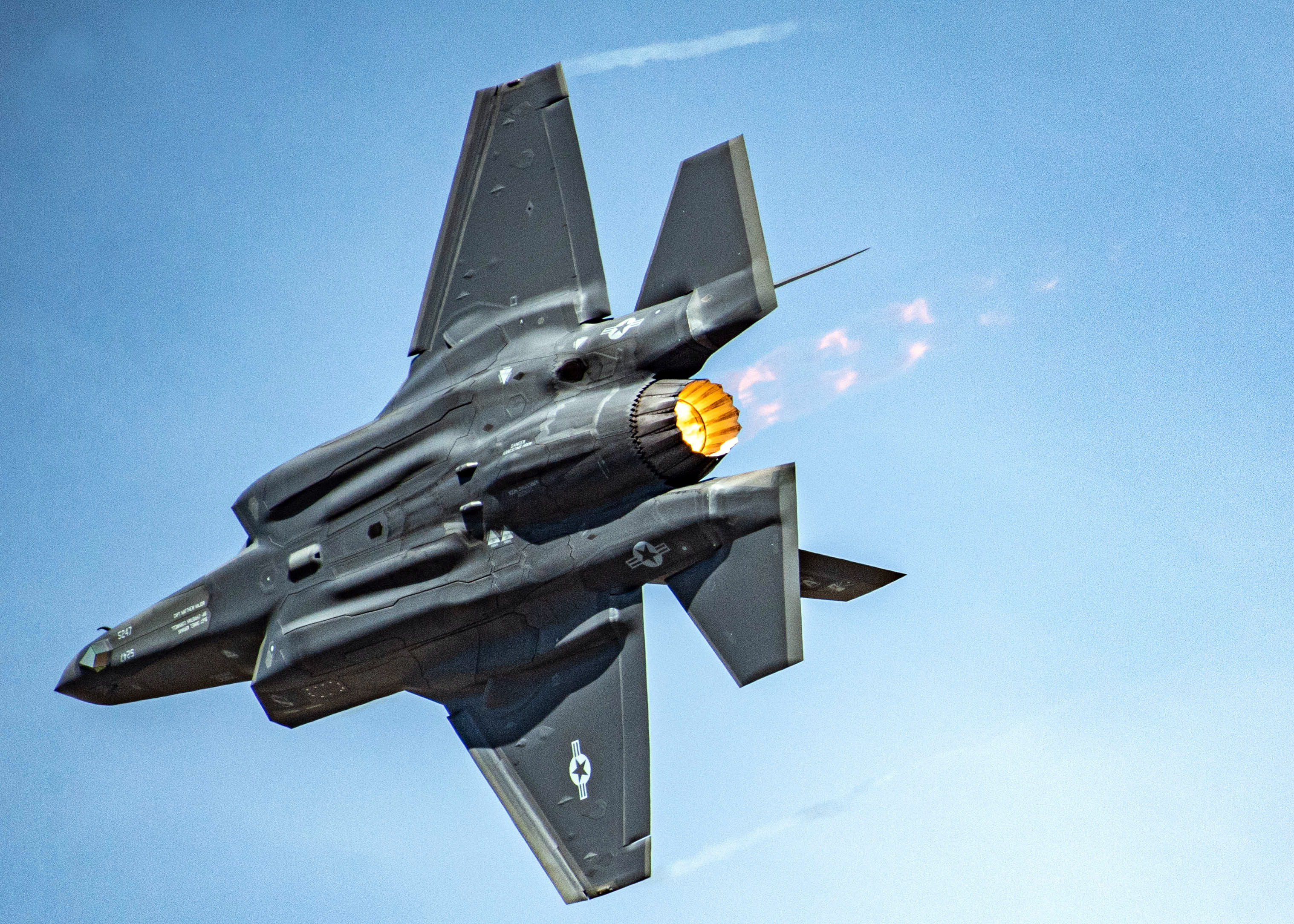SOURCE: AFI

In a recent discussion on The Gaurav Arya Podcast, Air Marshal Anil Khosla, former Vice Chief of Air Staff (VCAS) of the Indian Air Force (IAF), expressed skepticism about the F-35 as a solution to strengthening the IAF’s combat fleet. He highlighted significant concerns, particularly with the supply chain dependencies of the F-35, which involve components from several countries, making it challenging to maintain and manage. Furthermore, Khosla pointed out that India would not be able to acquire the F-35 within five years due to ongoing orders from allied countries and NATO partners, who have priority access to the jet. The backlog in F-35 orders further complicates the issue for India.
The F-35’s supply chain is heavily interconnected across numerous nations, meaning that any disruption or delay in one component can lead to delays in the entire production process. This dependence on international suppliers would limit India’s ability to manage or localize the supply chain. Khosla pointed out that managing these complexities would be difficult for the IAF, as India may not have immediate access to the critical technologies or replacement parts required for quick repairs or upgrades.
Additionally, there have been reported delays in the delivery of F-35 components, particularly engines. According to Khosla, 100% of Pratt & Whitney engines were delivered late, along with 91% of the engines from Lockheed Martin. These delays further underscore the potential complications the IAF could face if it opts for the F-35, impacting operational readiness and maintenance cycles.
Another major hurdle for India is the production backlog for the F-35, with priority being given to close U.S. allies and NATO partners. Countries like the United Kingdom, Japan, Australia, and others already have orders in place and will receive their jets before India can even enter the queue. Khosla remarked that the IAF would not likely receive its first F-35s within the next five years, making the aircraft an unsuitable option to address India’s immediate combat aircraft needs. This backlog would significantly hinder India’s ability to modernize its air force in a timely manner if it were to pursue the F-35.
Khosla suggested that instead of pursuing the F-35, the IAF should focus on other platforms that can be delivered within a more reasonable timeframe and with fewer logistical challenges. The Rafale, for instance, has already been integrated into the IAF and has demonstrated its capabilities in various exercises and operations. Additionally, Rafale procurement can be phased to allow for incremental upgrades, as each batch would incorporate newer technology.
Moreover, India’s air defense strategy focuses on maintaining a balanced mix of aircraft, including light, medium, and heavy fighters. Introducing the F-35 would disrupt this balance, as the high cost and maintenance requirements of the jet could force the IAF to reduce investments in other areas. A more pragmatic approach, as suggested by Khosla, would involve a continued focus on platforms that are already integrated into the IAF’s operational framework and can be delivered on time.